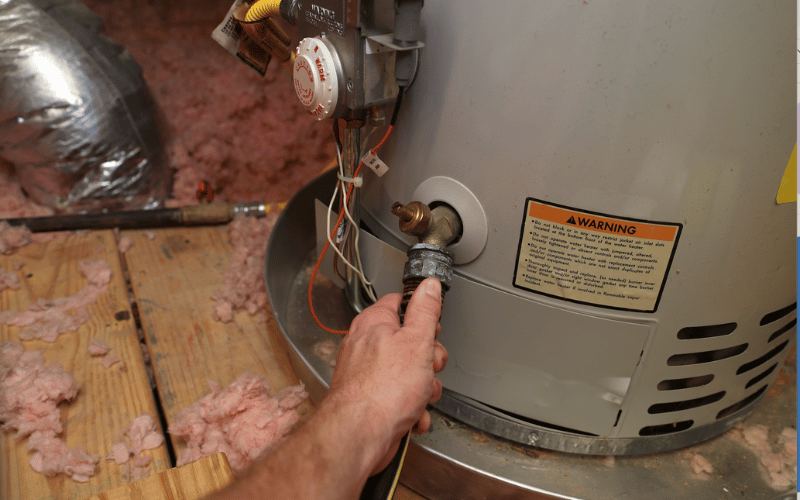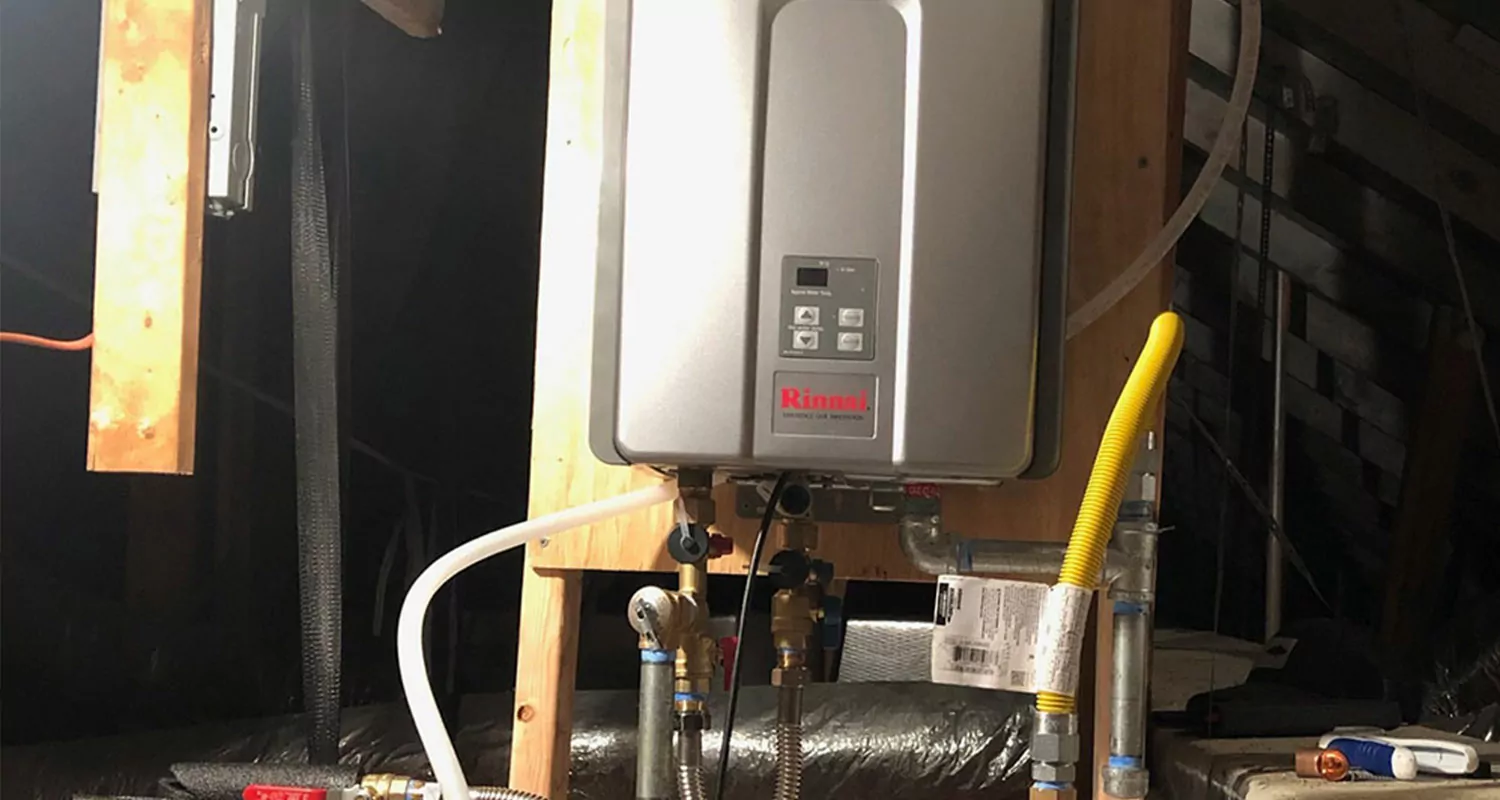Best Practices for Maintaining Your Home's Hot Water SystemEasy Ways to Maintain Your Home's Hot Water System Properly
Best Practices for Maintaining Your Home's Hot Water SystemEasy Ways to Maintain Your Home's Hot Water System Properly
Blog Article
Are you hunting for answers about What Kind of Maintenance Do Water Heaters Need??

Hot water is important for everyday comfort, whether it's for a revitalizing shower or cleaning recipes. To guarantee your hot water system runs efficiently and lasts longer, regular maintenance is essential. This post gives sensible tips and understandings on exactly how to preserve your home's hot water system to avoid disruptions and costly repairs.
Intro
Preserving your home's hot water system might seem daunting, yet with a couple of easy actions, you can guarantee it runs smoothly for years to come. This overview covers whatever from comprehending your warm water system to DIY upkeep ideas and understanding when to call in expert assistance.
Importance of Keeping Your Hot Water System
Regular upkeep not just prolongs the lifespan of your hot water system but also ensures it runs successfully. Disregarding upkeep can cause reduced effectiveness, greater power expenses, and even premature failing of the system.
Indicators Your Warm Water System Requirements Maintenance
Recognizing when your warm water system needs attention can prevent significant concerns. Watch out for indications such as inconsistent water temperature level, weird sounds from the heater, or rusty water.
Recognizing Your Warm Water System
Prior to diving into maintenance jobs, it's useful to recognize the fundamental components of your warm water system. Generally, this includes the water heater itself, pipelines, anode rods, and temperature level controls.
Monthly Maintenance Tasks
Normal regular monthly checks can aid catch small problems prior to they escalate.
Purging the Water Heater
Purging your water heater gets rid of sediment accumulation, improving effectiveness and prolonging its life.
Checking and Changing Anode Rods
Anode rods protect against corrosion inside the container. Inspecting and replacing them when broken is essential.
Checking and Adjusting Temperature Setups
Adjusting the temperature level setups guarantees ideal efficiency and safety.
Do It Yourself Tips for Maintenance
You can execute several upkeep jobs yourself to keep your warm water system in top condition.
Looking for Leakages
Frequently evaluate pipes and connections for leakages, as these can lead to water damage and greater costs.
Testing Pressure Relief Valves
Checking the stress relief valve ensures it works appropriately and protects against excessive stress buildup.
Insulating Pipes
Insulating hot water pipes decreases warm loss and can conserve energy.
When to Call an Expert
While do it yourself upkeep is helpful, some problems call for specialist know-how.
Complicated Problems Needing Expert Assistance
Examples include major leaks, electrical problems, or if your water heater is regularly underperforming.
Routine Professional Maintenance Benefits
Specialist upkeep can consist of complete evaluations, tune-ups, and guaranteeing compliance with safety requirements.
Verdict
Normal upkeep of your home's warm water system is crucial for performance, long life, and price financial savings. By complying with these suggestions and knowing when to seek specialist aid, you can make sure a reputable supply of warm water without unforeseen interruptions.
How to Maintain an Instant Hot Water Heater
Before tinkering with your hot water heater, make sure that it’s not powered on. You also have to turn off the main circuit breaker and shut off the main gas line to prevent accidents. Also turn off the water valves connected to your unit to prevent water from flowing into and out of the appliance. 2. When you’re done, you have to detach the purge valves’ caps. These look like the letter “T” and are situated on either side of the water valves. Doing so will release any pressure that has accumulated inside the valves while at the same time avoid hot water from shooting out and burning your skin. 3. When the purge valves’ caps are removed, you have to connect your hosing lines to the valves. Your unit should have come with three hoses but if it didn’t, you can purchase these things from any hardware or home repair shops. You can also get them from retail stores that sell water heating systems. Read the user’s manual and follow it to complete this task properly. When the hosing lines are connected, open the purge port’s valves. 4. You should never use harsh chemical cleaners or solutions when cleaning your unit. Make use of white vinegar instead. It should be undiluted and you’ll probably use about 2 gallons. 5. Now flush your water heater. This task should probably take about 40 minutes. We can’t give you specific directions for this because the procedure is carried out depending on the type, model and brand of your heater. With that being said, refer to the user’s manual. 6. When you’re done draining the unit, you have to turn off the purge port valves again. Remove the hosing lines that you earlier installed on each of the water valves. Put the valve caps (purge port) back in their respective places and be very careful so as not to damage the rubber discs that are found inside these caps. 7. Now that everything’s back in place, check your user’s manual again to find out how to reactivate your water heating system. 8. Once it is working, turn one of your hot water faucets on just to let air pass through the heater’s water supply pipes. Leave the tap on until water flows smoothly out of it. https://www.orrplumbing.com/blog/2014/september/how-to-maintain-an-instant-hot-water-heater/

As a passionate person who reads about Tips For Maintaining Your Hot Water Heater, I figured sharing that article post was essential. I beg you take the time to promote this post if you enjoyed reading it. Thanks a bunch for being here. Please come visit our site back soon.
Visit My Web Page Report this page